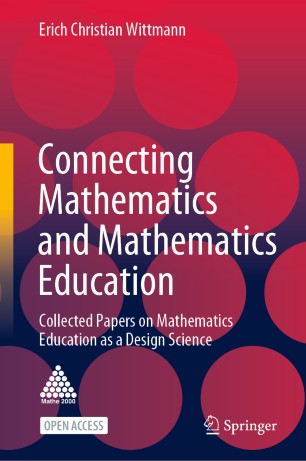

Most ebook files are in PDF format, so you can easily read them using various software such as Foxit Reader or directly on the Google Chrome browser.
Some ebook files are released by publishers in other formats such as .awz, .mobi, .epub, .fb2, etc. You may need to install specific software to read these formats on mobile/PC, such as Calibre.
Please read the tutorial at this link: https://ebookbell.com/faq
We offer FREE conversion to the popular formats you request; however, this may take some time. Therefore, right after payment, please email us, and we will try to provide the service as quickly as possible.
For some exceptional file formats or broken links (if any), please refrain from opening any disputes. Instead, email us first, and we will try to assist within a maximum of 6 hours.
EbookBell Team

4.1
100 reviewsThis open access book features a selection of articles written by Erich Ch. Wittmann between 1984 to 2019, which shows how the “design science conception” has been continuously developed over a number of decades. The articles not only describe this conception in general terms, but also demonstrate various substantial learning environments that serve as typical examples. In terms of teacher education, the book provides clear information on how to combine (well-understood) mathematics and methods courses to benefit of teachers.
The role of mathematics in mathematics education is often explicitly and implicitly reduced to the delivery of subject matter that then has to be selected and made palpable for students using methods imported from psychology, sociology, educational research and related disciplines. While these fields have made significant contributions to mathematics education in recent decades, it cannot be ignored that mathematics itself, if well understood, provides essential knowledge for teaching mathematics beyond the pure delivery of subject matter. For this purpose, mathematics has to be conceived of as an organism that is deeply rooted in elementary operations of the human mind, which can be seamlessly developed to higher and higher levels so that the full richness of problems of various degrees of difficulty, and different means of representation, problem-solving strategies, and forms of proof can be used in ways that are appropriate for the respective level.This view of mathematics is essential for designing learning environments and curricula, for conducting empirical studies on truly mathematical processes and also for implementing the findings of mathematics education in teacher education, where it is crucial to take systemic constraints into account.